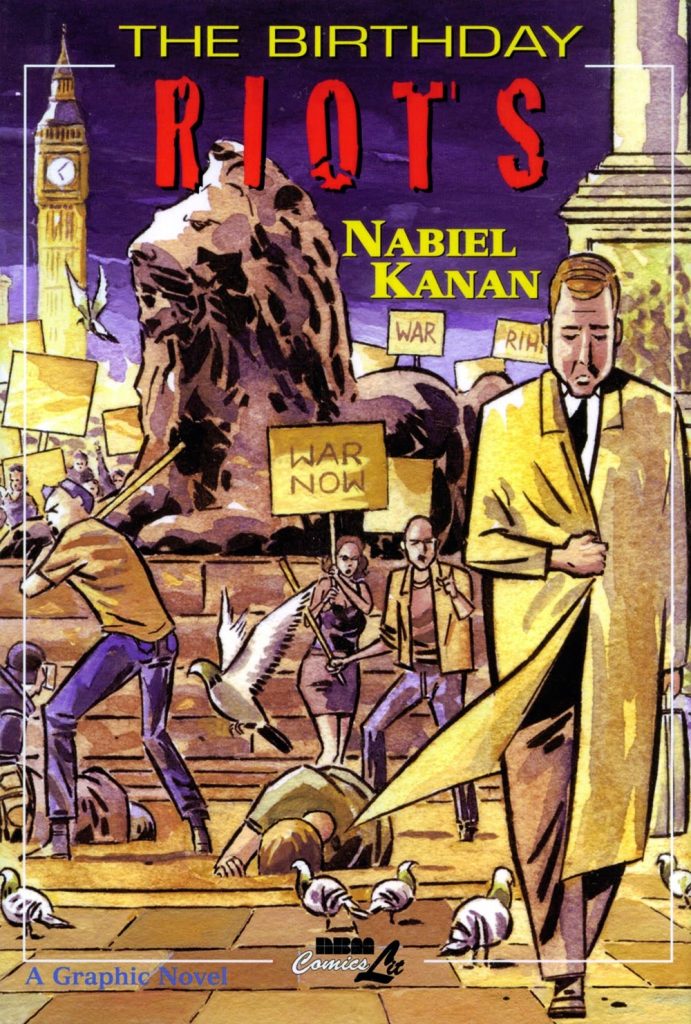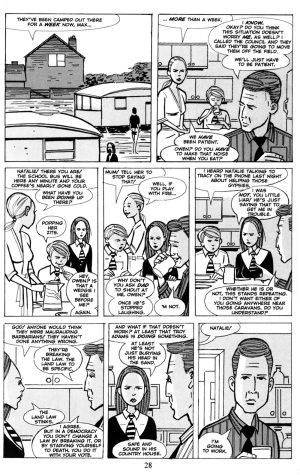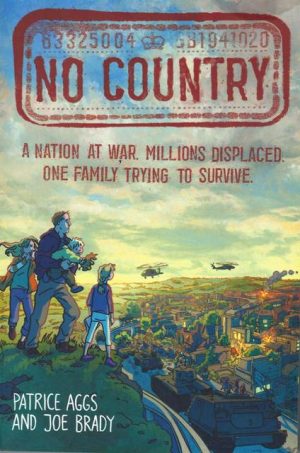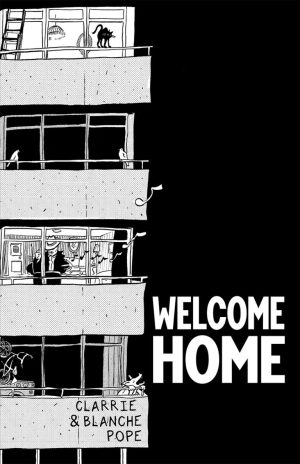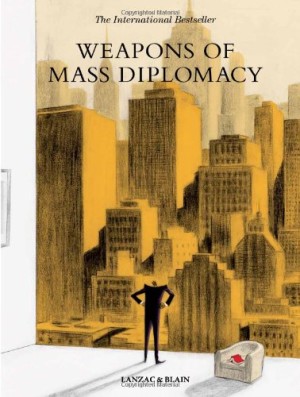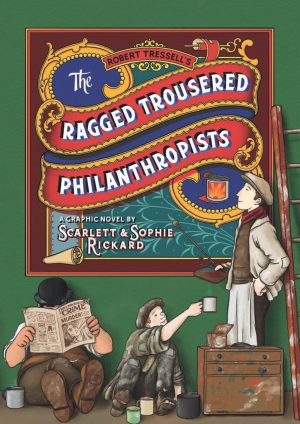Review by Frank Plowright
The Birthday Riots is a drama structured around a wide-ranging look at a divisive political issue. Teenage Natalie’s father Max is working on the election campaign for one of the candidates in the forthcoming election for London’s mayor. As this plays out the government is attempting to pass legislation banning homeless or nomadic people from occupying any land, public or private, used or disused. A prominent campaigner against the law is on hunger strike in jail.
This is an extremely slow burner, to the extent that Kanan might have better pitched The Birthday Riots as a TV drama. It fits with millennial anxieties, and is very dependent on emotional nuance. Max, for instance, believes he’s fighting the good fight because the election candidate he supports will improve life for Londoners, but he’s beginning to experience doubt, and while he has a personal problem someone he knew in the past has stuck more closely to their principles. Max is also neglecting what’s personally important. Natalie’s mood is spiralling down as her fifteenth birthday is approaching, and as a five year old she believed it when told that if she makes a wish on blowing out the birthday cake candles, it will come true. For ten years her wish has been the same, and a crisis point is coming into focus.
Kanan’s art is neat and attractive, delivering the people and the places with a compactness needed when he’s often using nine panels per page, so although this is only a 64 page hardcover there’s a lot of story packed in. This is combined with an unusually good ear for dialogue, used to differentiate people.
The exploration of how the fire of youth can become the complacency of middle age is well handled, but The Birthday Riots falls apart with an unsatisfying and improbable finish. Natalie prompts a crisis, but is then discarded after carrying much of the story, while we see an ending for Max. A small mystical infusion represents hope, but Kanan otherwise studiously keeps to realism, and what a bunch of people do in dangerous circumstances breaches that contract. A more intimate ending, whether confrontational or reconciliation, would have been the better choice as what’s provided doesn’t work at all.
However, while things have moved on, all these years later social realism is hardly a go-to genre for graphic novels, so for 2002 Kanan was well ahead of the game. The unsatisfying ending doesn’t eradicate the nuance of the remainder, and this is still worth reading today.
